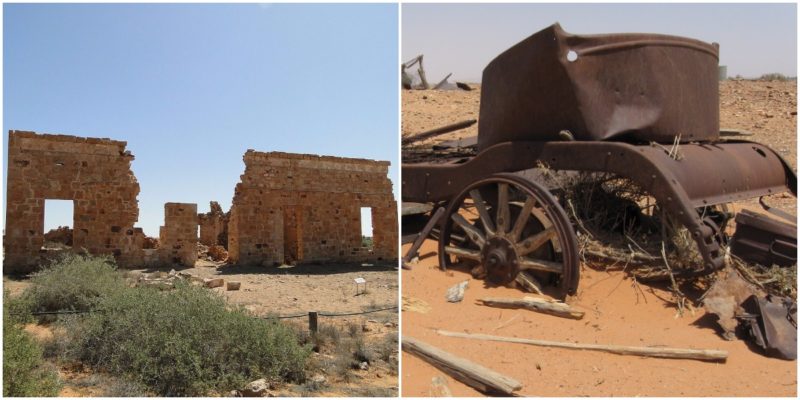The remains of town Farina can be found in the state of South Australia. It lays on the edge of the desert, on the side of the massive basin of Lake Eyre. Seeing it today and the state that it is in there are destroyed houses, junk,scrap metal scraps and broken glass everywhere.
It’s strange to dwell on the thought that at some point it was a busy home to people and families. However a group of optimistic farmers in 1878 settled there with an idea to grow crops. Originally the town was known as “The Gums” or “Government Gums” because of the River Red Gums just north.
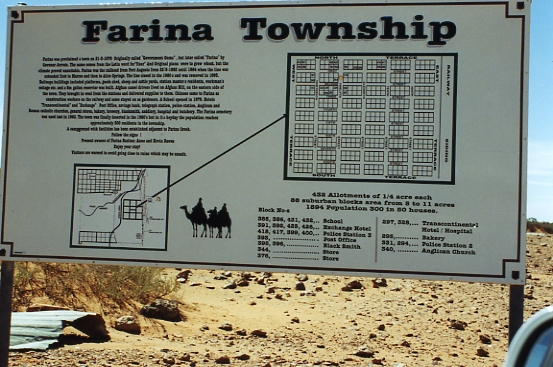
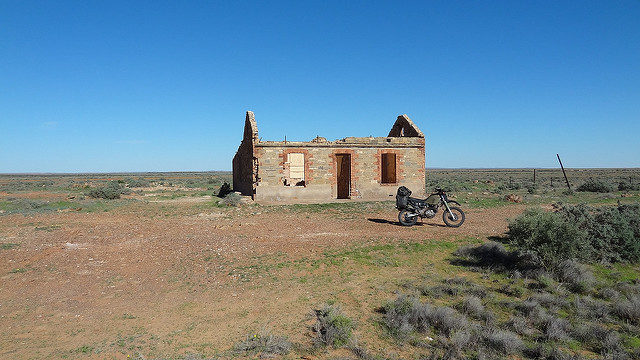
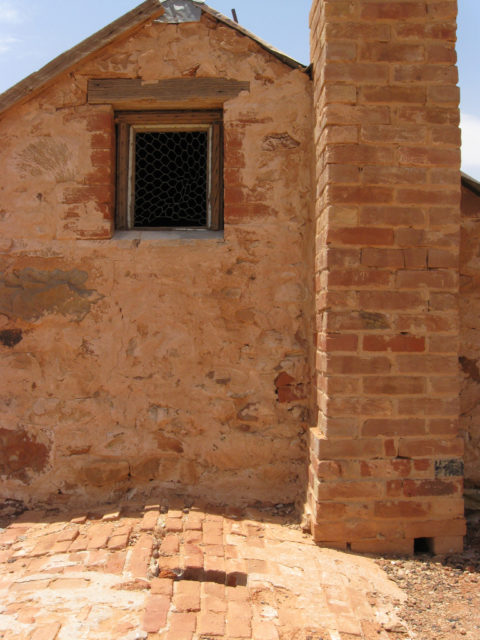
When the grounds proved bad and the soil infertile the farmers became so desperate they changed the name of the city. They named it Farina (latin for wheat/flour/meal). Like a prayer of sort, in all great civilizations and religions names and naming (baptizing) is sacred. And using a Latin word to emphasize it even more. In the meantime several silver and copper mines were dug in the area surrounding the town.
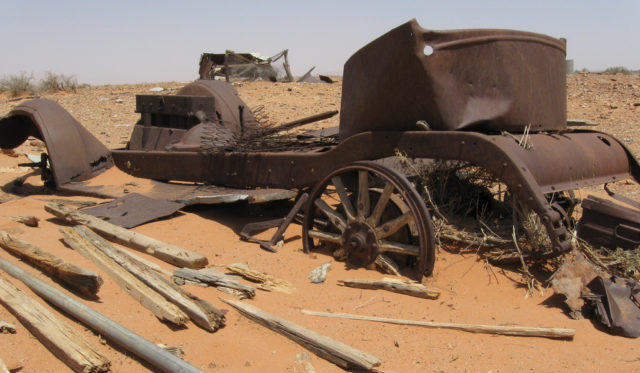
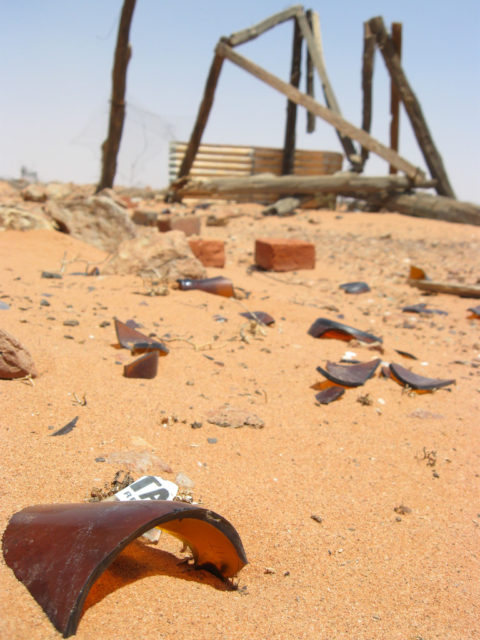
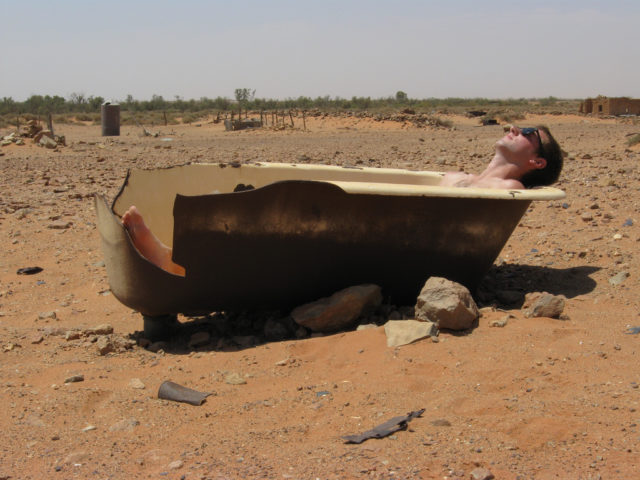
The changing of the towns name seemed to have magically worked as for the next few years it rained much more than usual. The farms flourished, the farmers were very happy and the town expanded.
In just 2 years from a handful of farmers and a couple of farms the town reached a population of 600. At this time the town had a general store, grain store, bakery, two breweries, a school, post office, five blacksmiths and an Anglican church. But also two hotels and of course a brothel, come on, it was the very late 1800s. Before the rains, Farina was the last stop for the railroad going south. Afterwards, when the town grew, rail tracks were laid even further south to Marree.
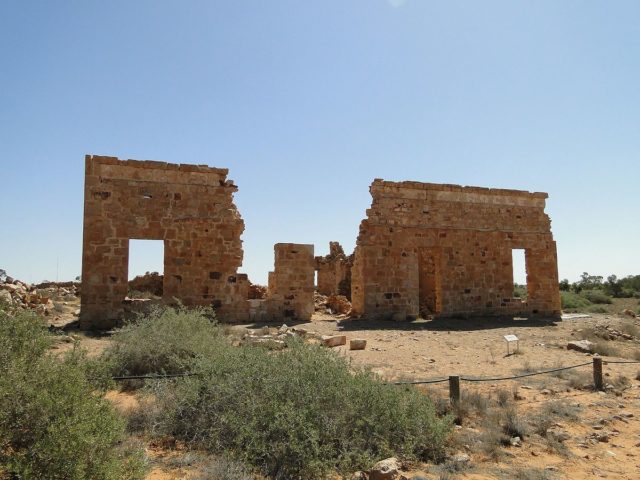
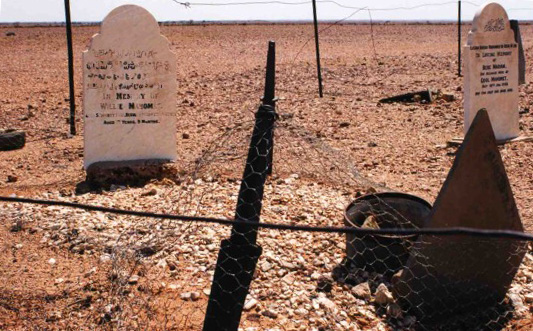
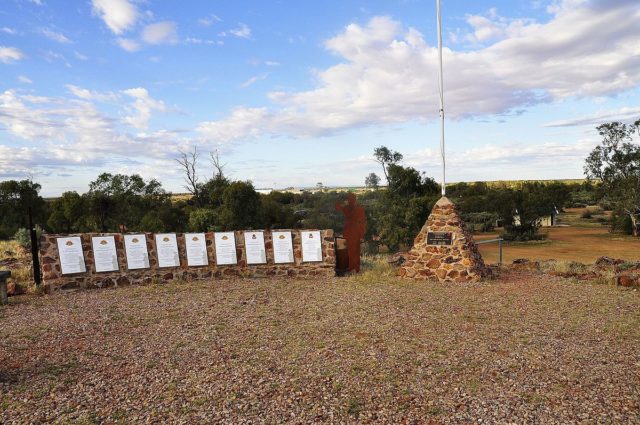
The abundance of rain didn’t last and the old climate returned. The soil started resembling the nearby desert once again, and dusty times hit the town of Farina. The population started to drop as little by little people started to leave the town. Farina was completely abandoned in the 1980s.
Two more things make this town even more unique and different is that in 1909 an iron meteorite was discovered north-east of Farina, it weighted 1.143 kg. And the second one are the two small graveyards, each of them resting place for Farinas First and Second World War heroes.
